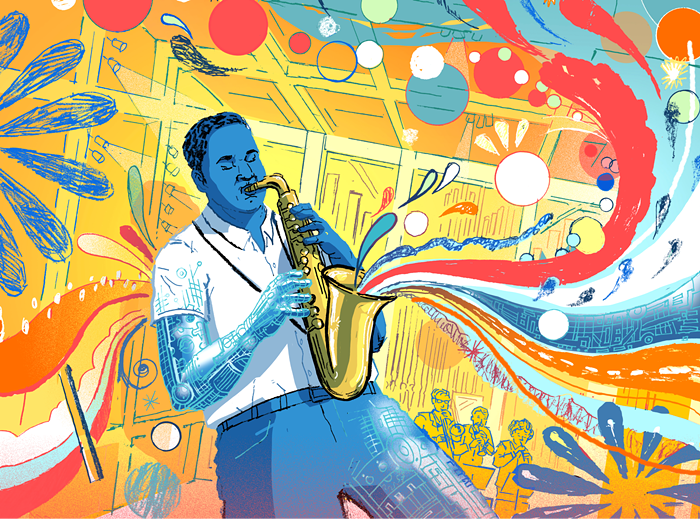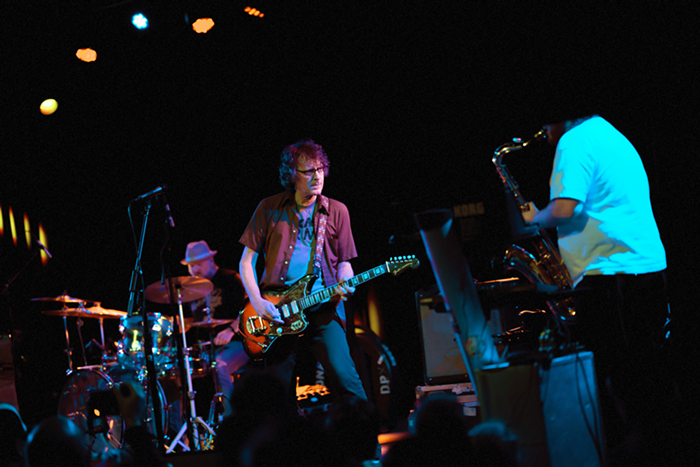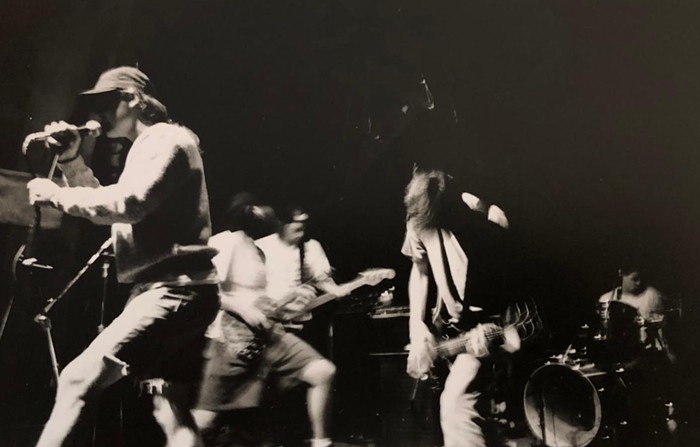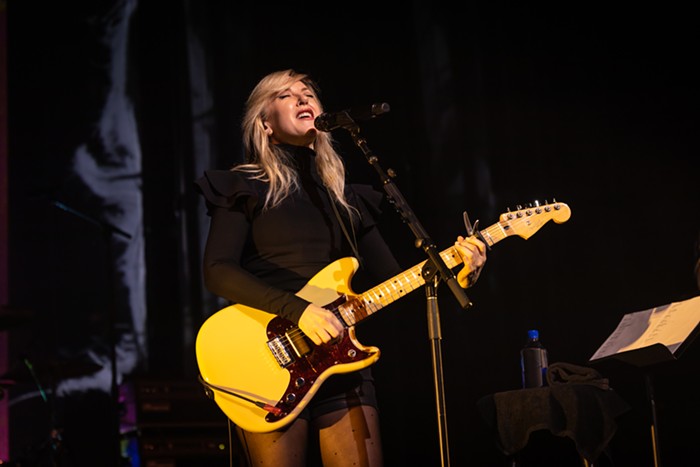Even if you can't read music, a composer's hand—the touch of pen to paper—reveals much. Mozart's swift slashes of ink capture his buoyant confidence; Beethoven's sketchbooks abound with furious, angrily scribbled-out passages. In the 20th century, before notation software became a composing tool and threatened to render rough drafts extinct, composers' calligraphic skills flourished: The flowing strokes seen on Debussy's manuscripts match the efflorescing ethereality of his music. And though Stravinsky, an inveterate hoarder of paper scraps, crammed arrows and insertions marks into any blank space he could find, his elegantly finished manuscripts still show a penchant for disjunct, cut-and-paste structures.
Yet some manuscripts seem to tell us nothing. The famed Suites for Solo Cello by J. S. Bach (1685–1750) looks cold and bureaucratic: Row after row of apparently perfunctory notes span stave upon stave. The hand is not Bach's but that of his second wife, Anna Magdalena; along with raising a pack of children, she somehow found time to help her ever-harried husband, which some scholars believe explains why the Suites seem so stripped down. Scholar and forensic musicologist Martin Jarvis suspects that Anna Magdalena actually composed the Suites, telling the CBC in 2006, "It doesn't sound musically mature. It sounds like an exercise, and you have to work incredibly hard to make it sound like a piece of music."
Despite Jarvis's overly harsh opinion, the Suites do compel cellists to make a tremendous number of composerly decisions. Aside from coping with inconsistently indicated bowings, performers must make each suite their own, calibrating tempo (exactly how much faster should an Allemande be from a Prelude?), phrasing, and pacing. Some musicians go too far—Stravinsky once chided the revered Pablo Casals for "playing Bach in the style of Brahms"—while others, wielding authentic replicas of a Baroque-era "Bach bow," try to conjure what Bach intended.
This weekend, several cellists present their own take on the Suites. The annual Bach Suite Marathon (Sat March 21, Phinney Ridge Lutheran Church, 7500 Greenwood Ave N, 10 am, free) features over two dozen performers including Walter Gray, KUOW's Dave Beck, Rajan Krishnaswami of the Simple Measure ensemble, Julian Schwarz, and Miriam Shames tag-teaming each movement in all six suites. Expect to hear Bach in various guises: impassioned romantic, musical mechanic, and whimsical experimenter.
The Seattle Symphony serves up more splendid string music: Conductor Leonard Slatkin leads the band in Stravinsky's Violin Concerto (Thurs–Sun March 19–21, Benaroya Hall, see www.seattlesymphony.org for details). The Symphonie Fantastique of Berlioz and Four Sea Interludes from the Benjamin Britten opera Peter Grimes round out the program.
Finally, fans of the avant should check out the contrasting double bill of the old-school free-jazz hurricane John Gruntfest Trio and the meditative solo percussion of Paul Kikuchi (Fri March 20, Gallery 1412, 8 pm, donation). ![]()


















